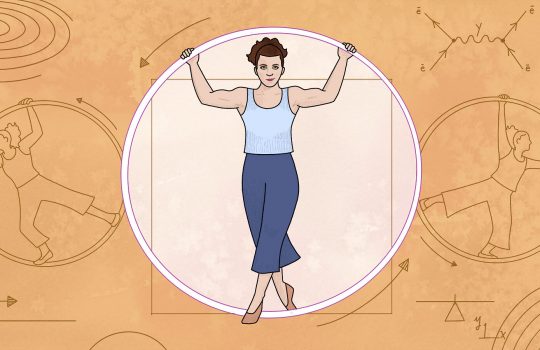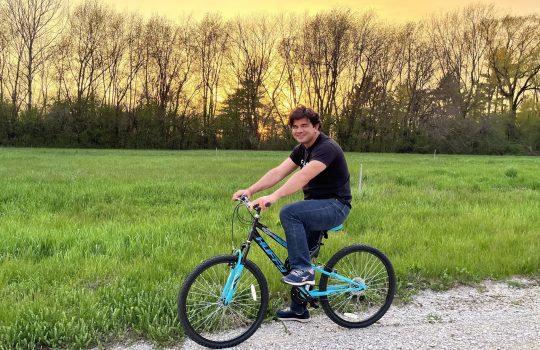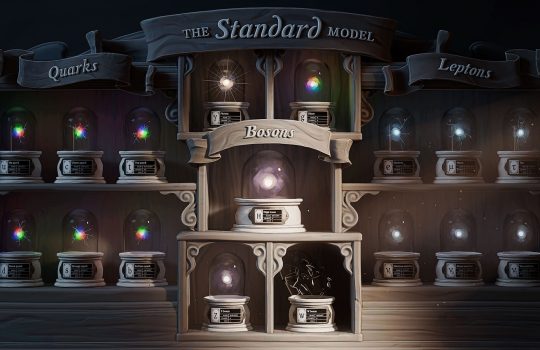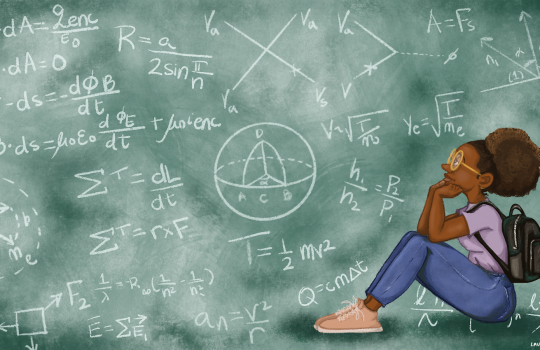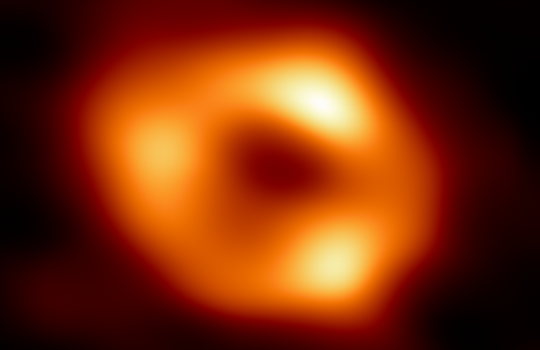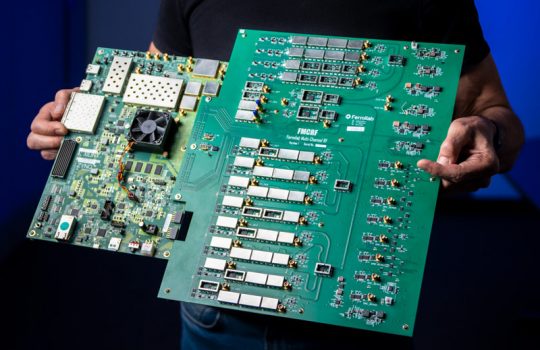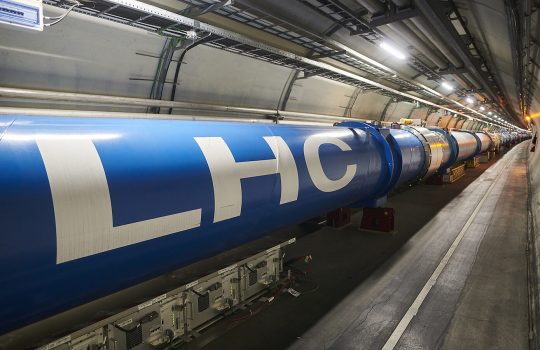161 - 170 of 230 results
A minute with Abhishek Pathak, PIP-II postdoctoral researcher
A postdoc on the PIP-II project, Pathak works on beam dynamics and also enjoys riding his bike around Fermilab and admiring the blue sky of the Illinois prairieland.
What’s up with the W boson mass?
The CDF experiment at Fermilab measured the mass of the W boson and came up with an answer that no one expected.
The other physics problem
Black physicists say efforts to recruit and retain more Black students must concentrate on challenges they face at both Historically Black Colleges and Universities and Primarily White Institutions.
Astronomers reveal first image of the black hole at the heart of our galaxy
Astronomers have unveiled the first image of the supermassive black hole at the center of our own Milky Way galaxy. This result provides overwhelming evidence that the object is indeed a black hole and yields valuable clues about the workings of such giants, which are thought to reside at the center of most galaxies.
Think like a computer
A pilot program, designed in part by educators at Sanford Underground Research Facility, is introducing computational thinking into elementary school curricula.
Can a theory ever die?
Neglected theories will wilt and wither but can bloom again with enough attention.
Fermilab engineers develop new control electronics for quantum computers that improve performance, cut costs
Quantum computing experiments now have a new control and readout electronics option that will significantly improve performance while replacing cumbersome and expensive systems. Developed by a team of engineers at Fermilab in collaboration with the University of Chicago, the Quantum Instrumentation Control Kit, or QICK for short, is easily scalable.
Double trouble Higgs
Scientists worried Higgs pairs would be too rare for LHC experiments to find. But by using machine learning, they now are getting tantalizingly close.
What’s new for LHC Run 3?
CERN’s accelerators and the LHC’s detectors have undergone major upgrades that will allow scientists to collect more data in the upcoming run than they did in the previous two runs combined.

